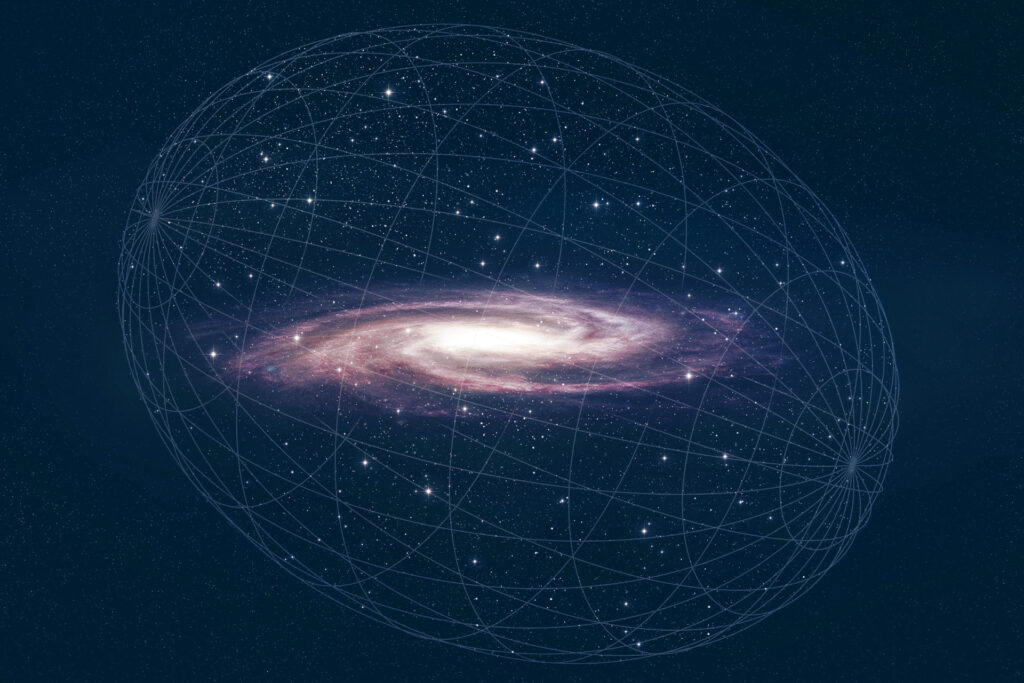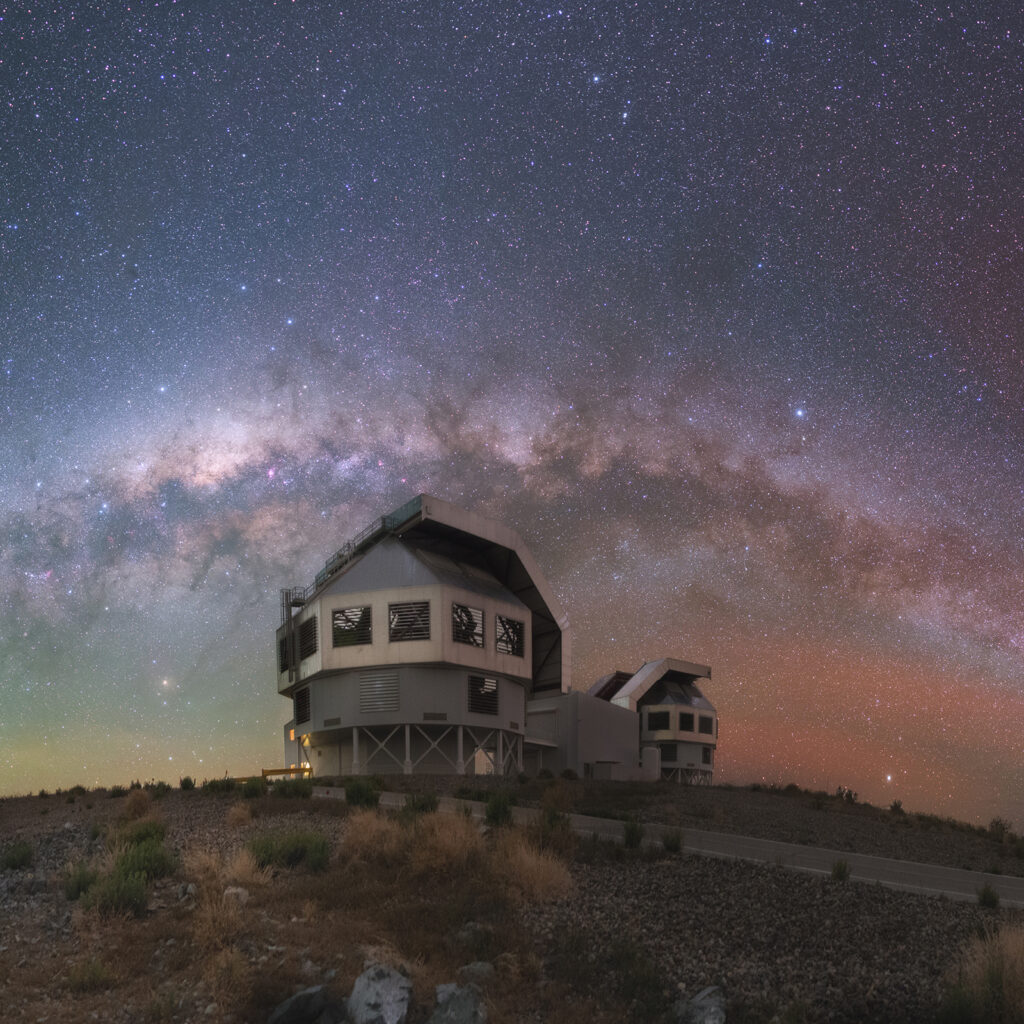A team of researchers from the Massachusetts Institute of Technology has discovered the three oldest stars in the universe. As it turns out, they are in our “backyard”: the orbits of the luminaries lie in the halo of the Milky Way.

The discovery appeared out of an educational concept. In the autumn of 2022, Anna Frebel, a professor of physics at the Massachusetts Institute of Technology, began teaching a new course in which students studied methods for analyzing ancient stars, and then applied these instruments to luminaries that had never been studied before to determine their origin.
The students worked on the basis of data collected using one of the 6.5-meter Magellanic telescopes. They searched for ancient stars that formed shortly after the Big Bang, which occurred 13.8 billion years ago. At that time, the universe consisted mainly of hydrogen and helium, and the content of other chemical elements such as strontium and barium was very low.
As a result, they drew attention to three luminaries that were initially observed by the Magellanic Telescope between 2013 and 2014. The content of strontium, barium and other elements such as iron in them was very low compared to our Sun. Moreover, one star had ten thousand times less iron and helium content than the Sun.

All three luminaries are located in the halo of the Milky Way, a spherical cloud of stars that envelops the galactic disk. According to the results of spectral analysis, they were formed between 12 and 13 billion years ago — in the era when the very first galaxies were forming.
Astronomers believe that each star once belonged to its own small primitive galaxy, which was then absorbed by the larger, fast-growing Milky Way. This is indicated by the fact that they are in retrograde orbits, that is, they move in the direction opposite to the direction of movement of most other luminaries. Apparently, these three stars are all that remains of their home galaxies.
The researchers plan to use the newly found stars to better understand exactly how the formation and evolution of super-dim dwarf galaxies took place. In addition, they intend to continue the search for other similar stellar relics. Most likely, many more stars can be found on the outskirts of the Milky Way, left over from no longer existing galaxies.
According to Phys.org
Follow us on Twitter to get the most interesting space news in time
https://twitter.com/ust_magazine


